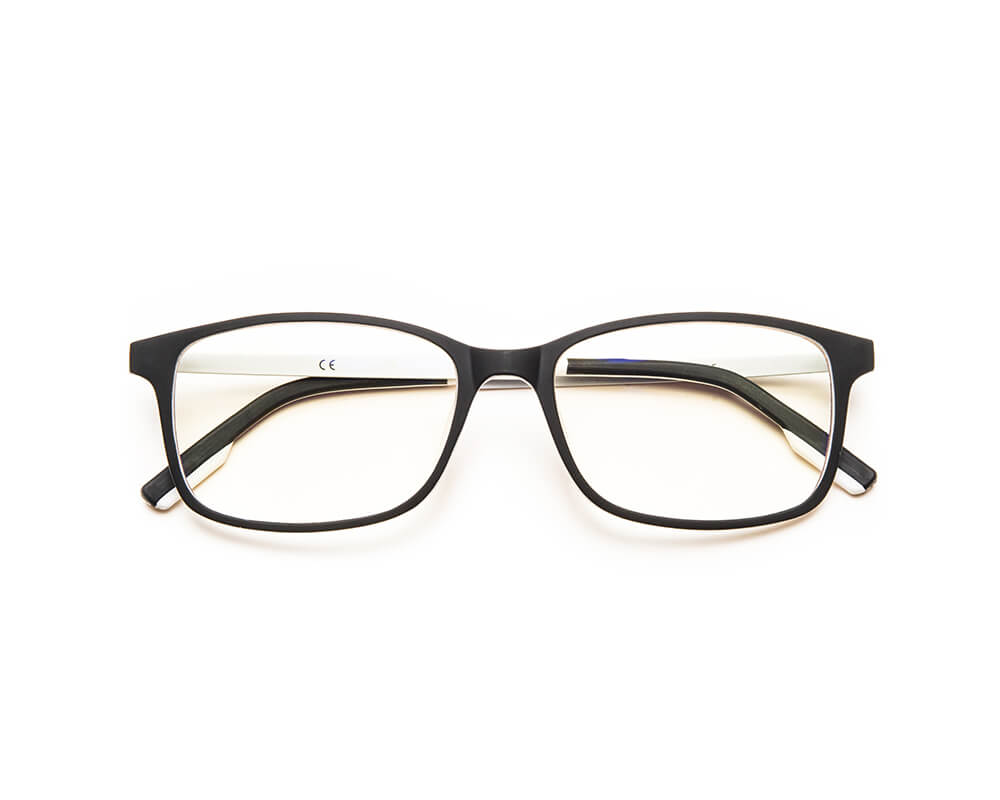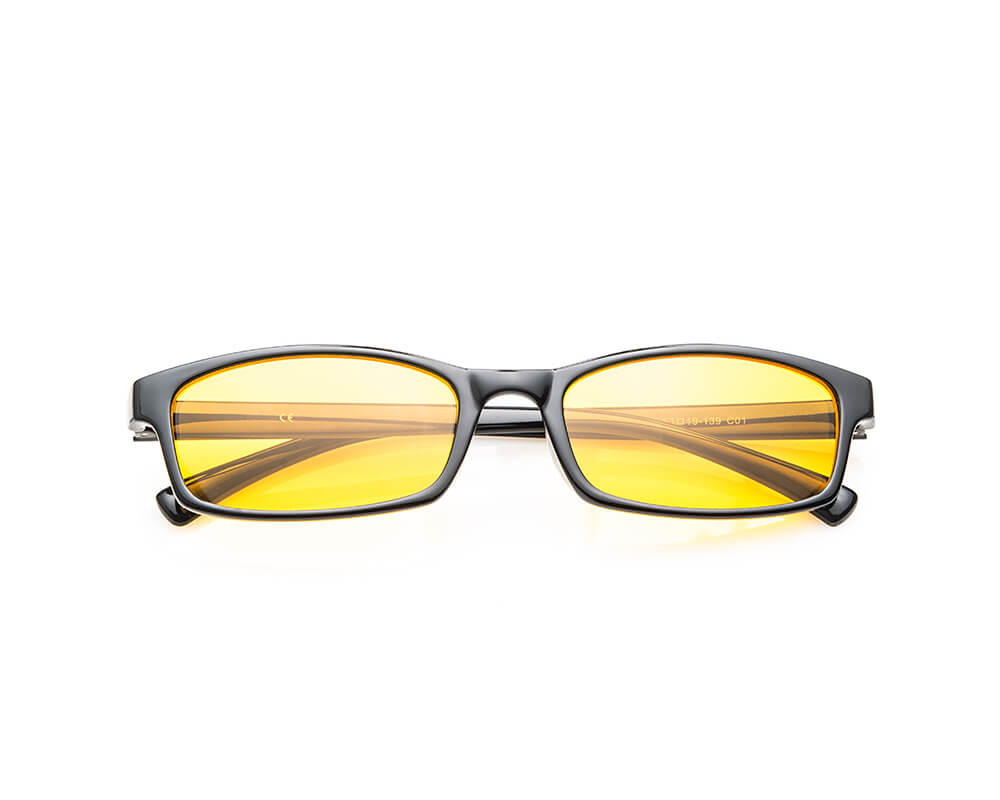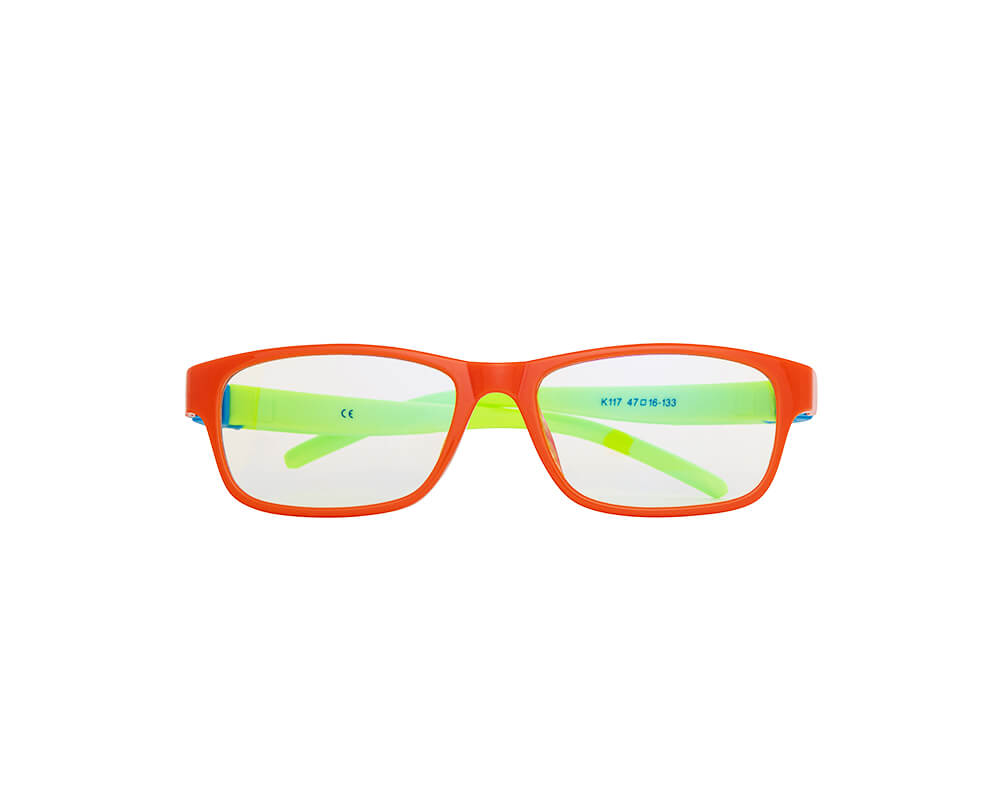UV Light and the Importance of Good Sunglasses
The Dangers of Ultraviolet Light
The sun is an ever present part of our lives. It’s the hot glowing center of our solar system; emitting the light and warmth that allows our planet to support and sustain life. Without it, our planet would be a dark and frozen rock drifting through space.
So yes, the sun is a wonderful thing but much like wine, chocolate and cheese, most of us know the dangers of too much of a good thing. The sun’s rays can be damaging and unless we want to stay indoors and away from windows for the rest of our lives, we need to use sunscreen, clothing that blocks UV rays, and proper eye protection like sunglasses to protect ourselves.
What is Ultraviolet light?
The sun produces light we can see, heat we can feel, and ultraviolet (UV) radiation that is invisible. UV radiation is a type of energy and is classified by wavelength; the shorter the wavelength the more dangerous it is.
UVA is long-range UV radiation and the lowest in energy. It is not easily absorbed by the ozone layer so about 95% gets through. Even though it can penetrate deep into our skin, it is not the most dangerous. It can cause the kind of tan you see immediately, premature skin aging, and wrinkles. It used to be believed that UVA did not cause any lasting damage but recent studies suggest it may enhance the development of skin cancers.
UVB is short-wave UV radiation. A majority of UVB is absorbed by the ozone layer so only about 5% gets through. What does get through though is very dangerous because it penetrates the outer protective layer of the skin and is responsible for sunburns and most skin cancers.
UVC is the Darth Vader of UV light. It has the shortest waves and is the most dangerous because it is very high in energy. The reason we don’t hear much about it though is UVC radiation is filtered out by the ozone layer and never reaches the earth’s surface.
Even Darth Vader protects his eyes from UV rays. Wouldn't we all be wise to do the same?

Are our devices and light bulbs safe?
Essentially yes our devices are safe with respect to UV radiation. While the health effects of mobile phones are being debated, they do not emit UV radiation. Same goes for flat panel TVs and monitors because their LCD and LED screens do not emit any UV radiation. So unless you are using these devices outside in the sun you are unlikely to be exposed to additional UV radiation.
(Don’t think you are immune to damage from devices gamers and Netflix bingers, better check out our blue light page.)
Fluorescent lights also emit UV, but in such low quantities that it hardly adds to anything significant in exposure. Although a lot of UV energy is generated inside the tube, the outer glass has a coating that absorbs almost all of it and only lets visible light through. Be careful though - always choose a reputable brand to make sure the bulbs have this coating. And just in case you were wondering about those black lights you see on forensic shows and in those super gross investigations about hotel cleanliness – those lights are completely harmless, other than making us never want to touch a hotel remote control again.
So where does it come from?
Natural sunlight from that hot ball of gas in the sky is by far our greatest source of UV radiation. UV lamps used for tanning also give off UV rays, as do the small lamps used for drying in nail salons. Lamps used to sterilize and kill germs produce short-wave UV too, which can cause skin burns and blindness.
UV radiation and our health
Most of us know that chronic exposure to UV radiation causes a number of degenerative changes in our skin, specifically to the cells, fibrous tissue and blood vessels. We can blame our wrinkles, age spots, and loss of elasticity, in part, on UV radiation. While cigarettes, alcohol and stress also help to grease that particular wheel.
We all know that people who get a lot of UV exposure are at much greater risk for skin cancer as well. What most of us don’t know however, is how it can affect our eyes.
Exposure to the sun's UV rays has been linked to a whole host of problems for our eyes. Here’s a list so you can educate your family and friends at the next Fourth of July pool party:
- Macular Degeneration is a deterioration of the macula, which is the central area of the retina that controls the sharpness of our vision.
- Cataracts are a clouding of the eye's natural lens which lies behind the iris and the pupil and is the leading cause of blindness worldwide.
- Pinguecula is a non-cancerous bump on the sclera, the white outer layer of the eyeball, consisting of protein, fat or calcium.
- Pterygium, also known as “surfer’s eye,” is a raised bump on the eyeball that starts on the white of the eye and can travel to the cornea.
- Photokeratitis, also known as corneal sunburn or “snow blindness,” results from intense short-term exposure to UVB rays usually during those glorious long hours on the beach or skiing without proper eye protection. It hurts and may cause temporary vision loss.
How can we protect ourselves?
UV rays radiate from the sun, but they can also be reflected from the bright surfaces like water, snow and sand. Our best protection is to never go outside, or just stay under a shade tree, but the use of sunscreen, wearing clothes made from UV blocking materials and having proper eye protection is probably more realistic.
MIRA Sunglasses are here to help
To keep our eyes safe, UV blocking sunglasses should stop 99 to 100% of both UVA and UVB radiation and screen out 75 to 90% of visible light. MIRA polarized sunglasses check all of the boxes. Whether you're looking for classic Aviator sunglasses, colorful & cool sunglasses for kids, or something even edgier, MIRA's got your style.
-

PROSPEK-Balance
PROSPEK Balance Everyday protection with a natural, clear look. PROSPEK Balance filters harmful...
-

PROSPEK-Max
PROSPEK Max Maximum defense against digital eye strain. PROSPEK Max features amber-tinted...
-

PROSPEK-Clear Kids
Finding glasses that can stand up to a kid’s lifestyle can be...




